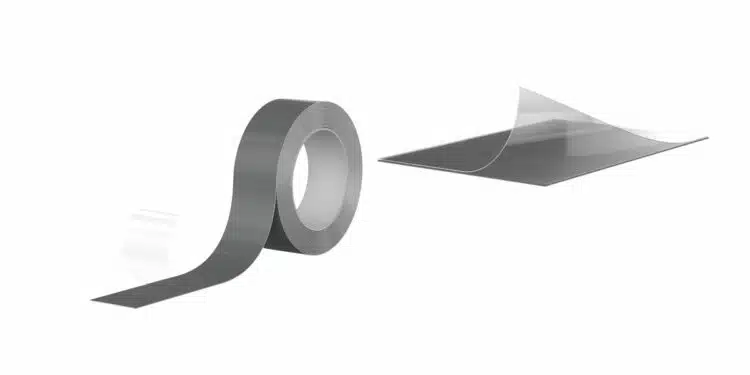Würth Elektronik launches its hybrid WE-EMIP EMI absorber sheet, a convenient solution for preventing electromagnetic interference.
The integrated adhesive layer makes the patch easy to stick on. It offers high attenuation exceeding 40 dB over a wide frequency range.
Both isolated and non-isolated versions are available. The non-isolated version allows the option of earthing.
The absorber patch is simply stuck to the component to be protected or the source of interference. The hybrid absorber sheet consisting of EMI absorber material and aluminum layer is now available in the following sizes: as a sheet 105 × 74 mm, 297 × 210 mm or as a roll 15 m × 50 mm.
Würth Elektronik offers a product to get EMC problems associated with radiated emission under control in an easy way and to protect sensitive components. The patch offers up to 12 times higher attenuation than previously available absorber sheets and helps achieve attenuation values otherwise attainable only with shielding cabinets.
































